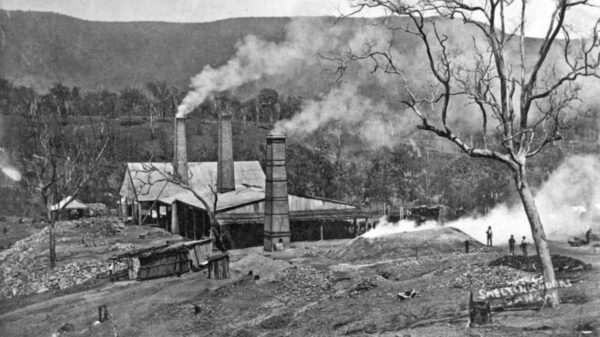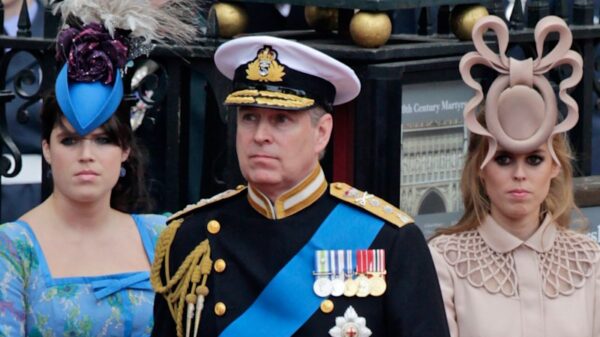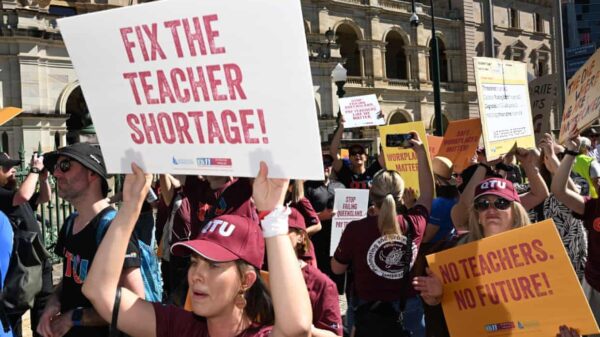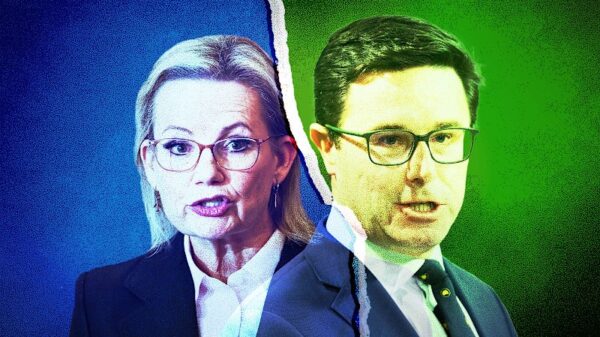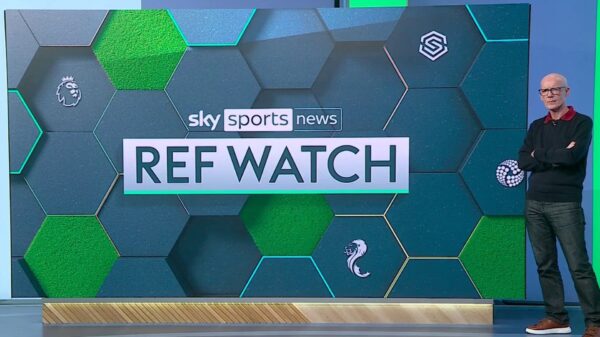UPDATE: A weaker-than-expected July jobs report is shaking the foundations of Federal Reserve policy, with analysts now predicting a high likelihood of a rate cut in September. The Bureau of Labor Statistics released data today indicating that payroll gains have dramatically slowed to an average of just 35,000 jobs over the past three months, the lowest hiring pace since the pandemic began in 2020. The unemployment rate has also ticked up to 4.2 percent.
This urgent report raises serious questions about the Fed’s cautious approach at its recent meeting, where officials voted to hold rates steady for the fifth consecutive time. Notably, two governors expressed dissent, advocating for a quarter-point rate cut—a move not seen since 1993. Fed Chair Jerome Powell acknowledged the report’s implications, stating, “While there are downside risks for the jobs market, it remains solid nonetheless.”
In response to the dismal jobs data, investors have ramped up expectations for a rate cut, with predictions soaring to nearly 90 percent—up from just 40 percent the day before. Analysts are closely monitoring these developments, as they could have profound impacts on the economy.
Economist Veronica Clark from Citi noted, “If the Fed had these numbers—especially the significant revisions to the June and May data—before Wednesday’s meeting, they likely would have proceeded with a rate cut.” Meanwhile, Donald Trump weighed in on social media, emphasizing the divisions within the Fed, stating, “STRONG DISSENTS ON FED BOARD. IT WILL ONLY GET STRONGER!”
Fed Governors Christopher Waller and Michelle Bowman expressed their concerns prior to the report, arguing that hesitation to cut rates might lead to unnecessary damage to the labor market. Following the release of the jobs report, Cleveland Fed President Beth Hammack described the labor market as still healthy but acknowledged it was a “disappointing report to be sure.”
Economist Derek Tang from LH Meyer/Monetary Policy Analytics remarked that while July’s figures were disappointing, he does not anticipate the Fed will cut rates until December. He added that the Fed’s role in assessing the impact of tariffs on employment and inflation has become increasingly complex.
As markets react to the unfolding situation, all eyes are on the Federal Reserve’s next move. With significant shifts in economic indicators, the potential for a rate cut is now a focal point for investors and policymakers alike.
Stay tuned for further updates as this story continues to develop.




